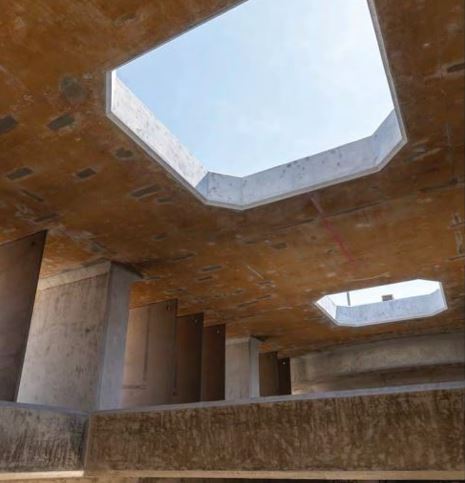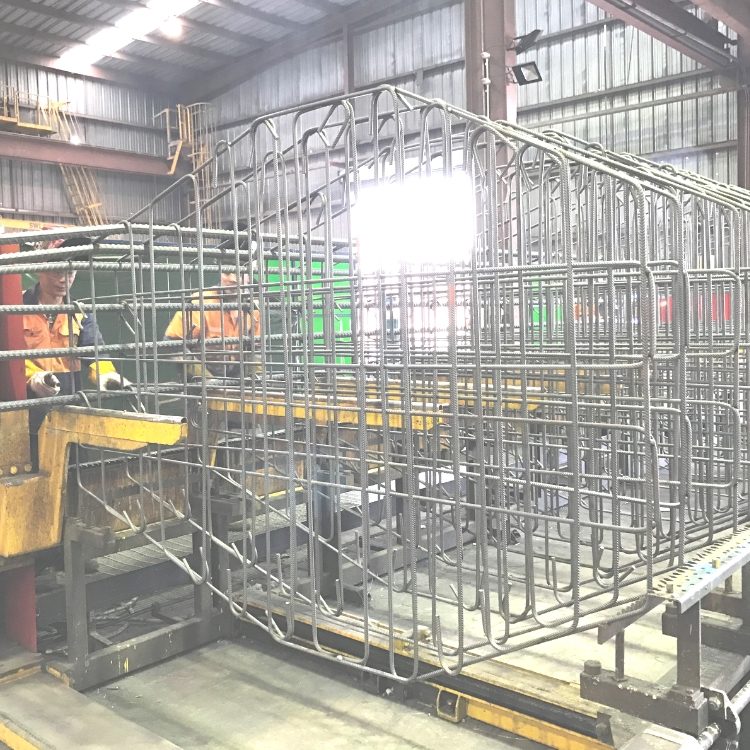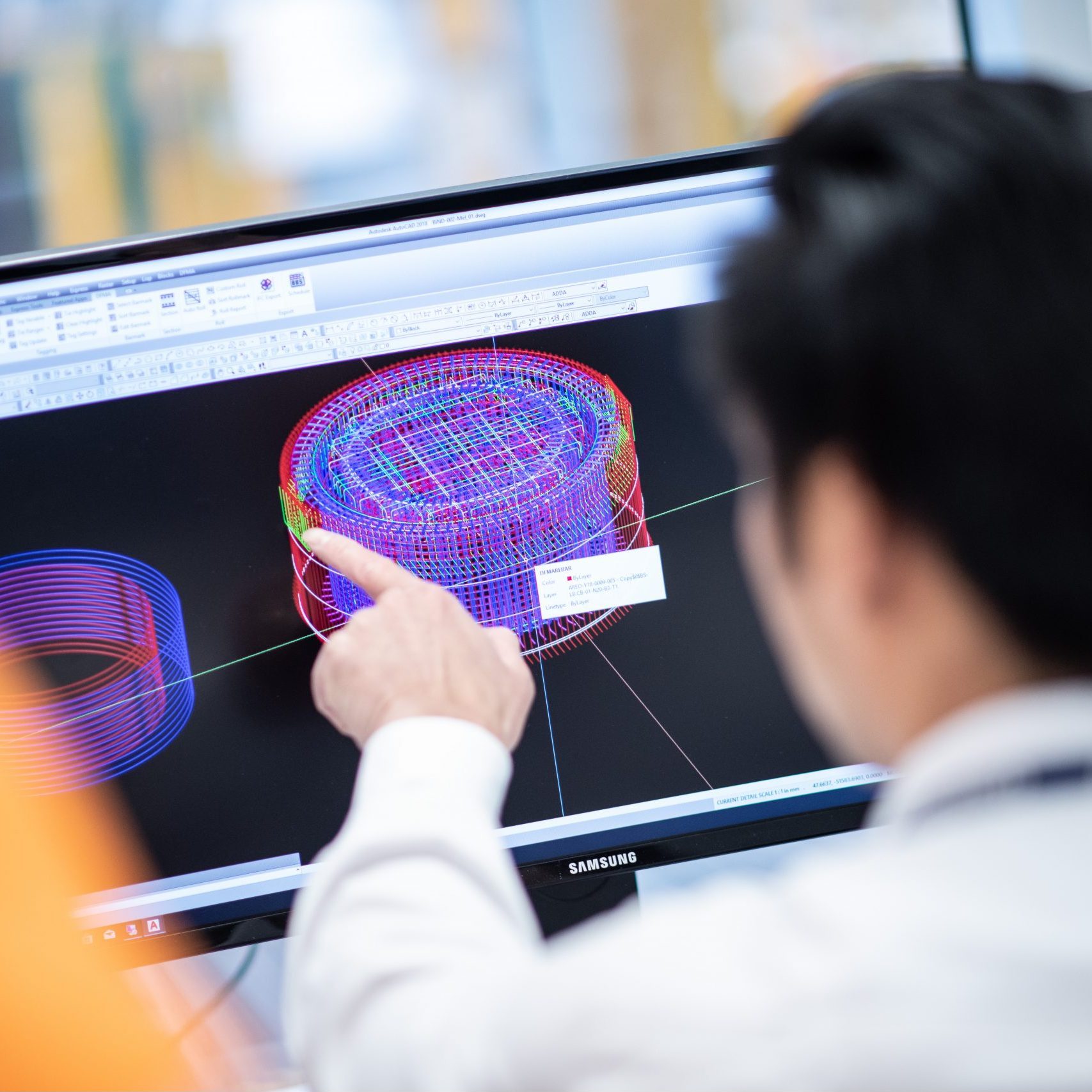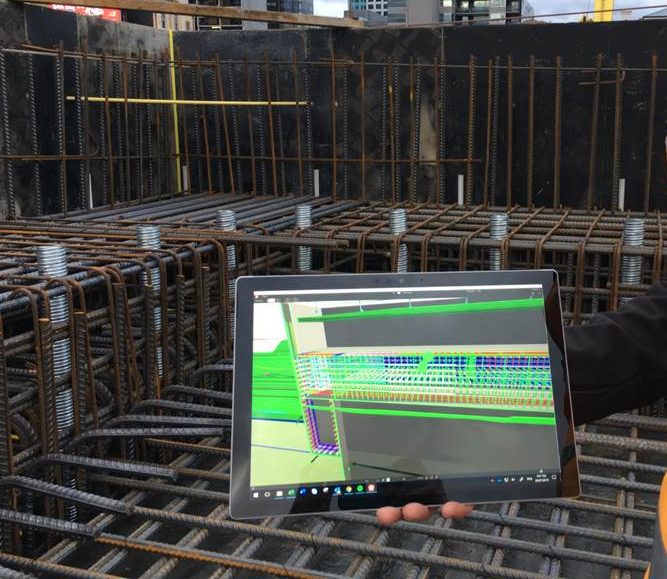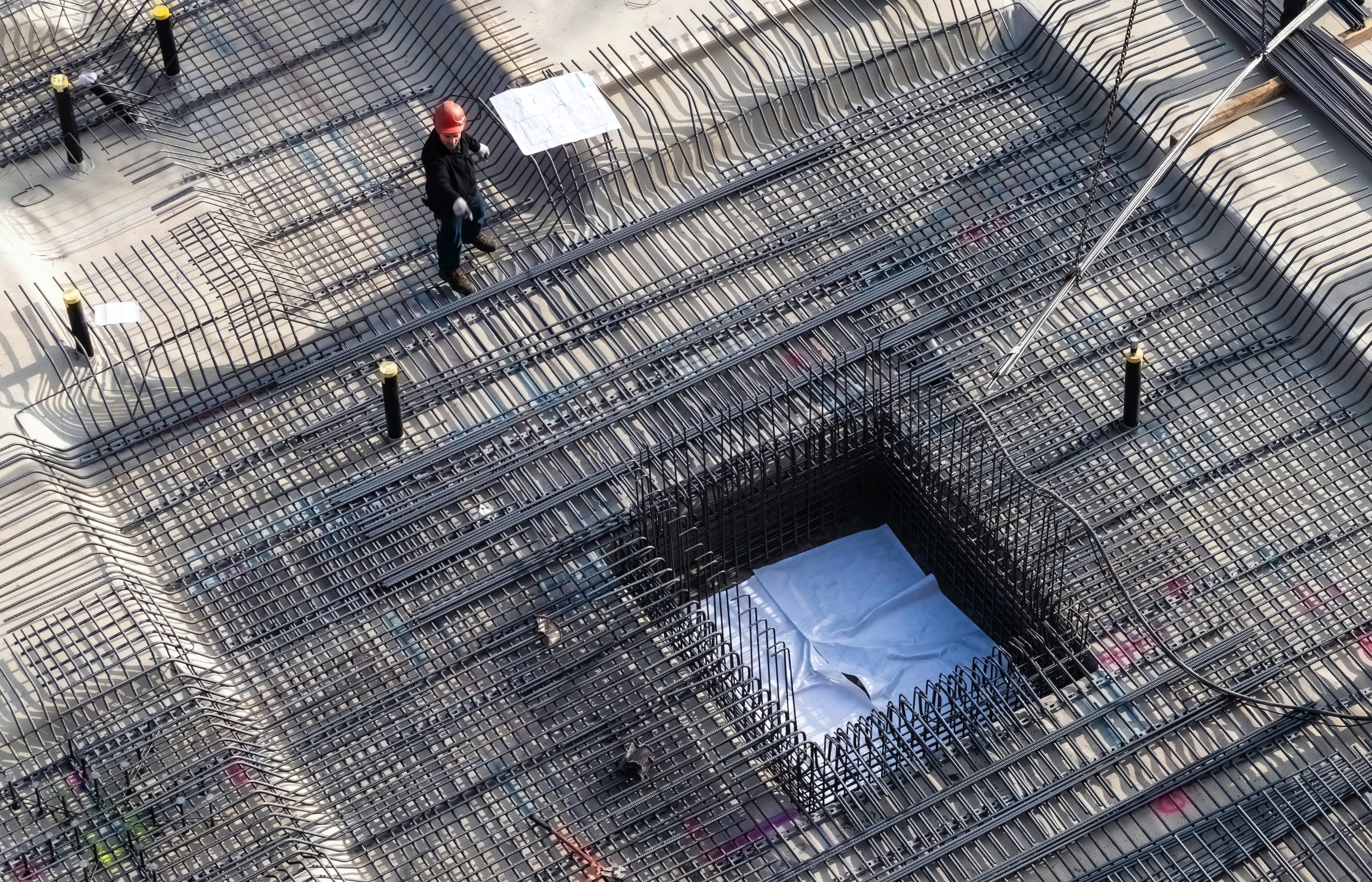The six-head nuclear station at Avenmouth Port in the UK is one of the most complex concrete structures ever constructed in the UK. The highly resilient build required more than 155,000 steel bars to support a complicated cooling system, two nuclear reactors and safety designs that included considerations of a 1 in 10,000 seismic event.
ADDA Estimate

// about
ADDA Estimate
ADDA Estimate is the only tool in market that can help you estimate your rebar weights and requirements.
Built by rebar detailers for rebar detailers, ADDA Estimate will take any profile and provide a reinforcement estimate, giving you more accuracy during tender or whenever you need rebar estimation.
Simple and very quick to use, ADDA Estimate can calculate weights for different standards, and inform subsequent 2D or 3D modeling and save you time and costs in creating estimates on your next project.
%
potential savings
+
years development
+
years experience
global offices
// product overview
Quick and simple rebar estimates
Accurate
Calculates reinforcement quickly and accurately
Traces
Set-out and converts into 3D
Easy to use
Any skillset able to create estimates
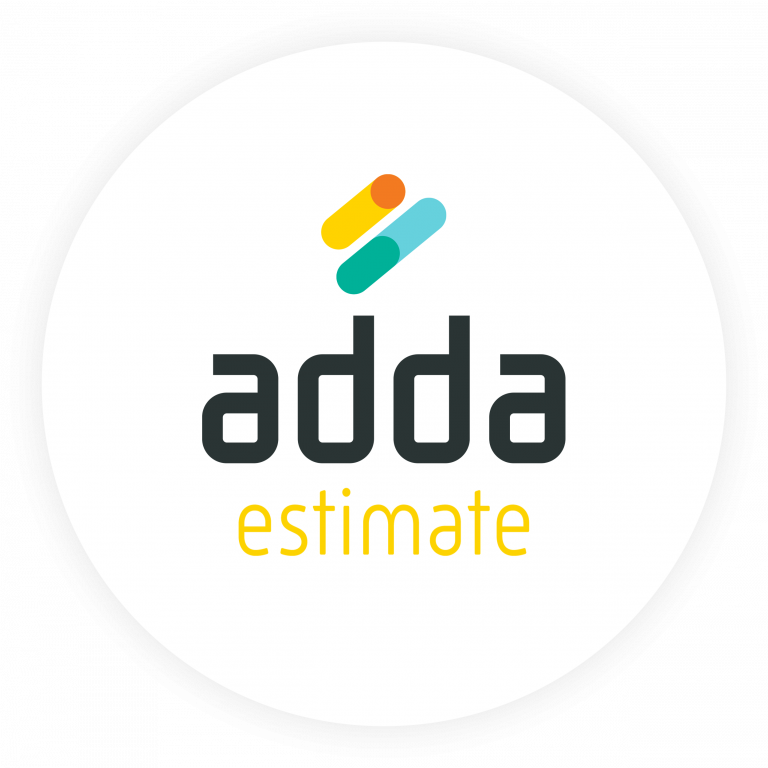
Savings
Time and costs savings in creating estimates
Collaborative
Exports into IFC and other formats
Data rich
Splits set-out for more accurate detail
// product features
How ADDA Estimate works for you
- Features
- Benefits
• Uses ADDA Freebar to create any shape
• Traces 2D and converts to 3D
• Splitting of 2D set out information
• Covers all required standards
• Models exported to IFC and native .dwg format
• Can be used by anyone in the team
• Quick and easy to create estimates
• Better detailed and accurate estimates due to splitting of the set-out
• Prepares information to move to 3D modeling stage
• Time and cost savings at estimate stage
// latest case studies
ADDA Projects & Articles
Find out about some of the simple and complex global projects where ADDA has made a difference.
Circular reinforcing pattern presented significant challenges for manufacture and assembly of petroleum storage tanks. Prepared 2D and 3D concepts to help design engineers visualise the reinforcement layout, reduce waste, detect potential steel clashes, and produce detailed bar bending schedule and site marking plans.
Traditional in-situ formwork for a 60-level residential tower is slow. Identified time and cost savings in the early design stage by prefabricating 75 steel reinforced columns weighing 4.5 tonnes each.
Our Founder and CTO Alan Jeffreys spoke to ConstructionTechReview about the importance of modeling your rebar first, particularly on complex infrastructure projects, to de-risk the project and reduce constructability issues. Taking this approach can create significant savings in terms of
As modern building designs have become more complex, making those designs a reality means buildability (also referred to as constructability) has become one of the largest challenges facing construction projects. To understand the extent of buildability issues in construction today,
Alan Jeffreys, Founder and CTO of ADDA Why rebar analytics could be the answer to mega project cost blowouts. With talk of global recessions, and residential construction feeling the impact of the economic downturns, it’s easy to forget that there
The global modular construction industry is expected to grow by more than 6% in the coming years, and solutions like the ADDA suite of products are key to enabling this. Great chat between our Founder and CTO Alan Jeffreys and Peggy Smedley from Connected
MEDIA RELEASE: MAY 2022ADDA Unveils Market First Tech Poised To Shake Up Industry Award-winning rebar software company ADDA has released its new product – ADDA Estimate – creating the first end-to-end integrated rebar estimation, detailing and analytics suite in the
ADDA wins Top BIM service award At Construction Tech Review has named ADDA as a Top BIM service for APAC! This new Asia-Pac recognition follows our US Top Product 2022 award bim from Constructech . Built by reinforcers for reinforcers, ADDA’s software
ADDA wins top product award At the beginning of 2022 ADDA was recognised as a top product by Constructech. “Improving traceability, driving forecasting accuracy for steel fabricators, optimizing freight and handling, reducing clashes, waste, and CO2, and improving worksite safety

